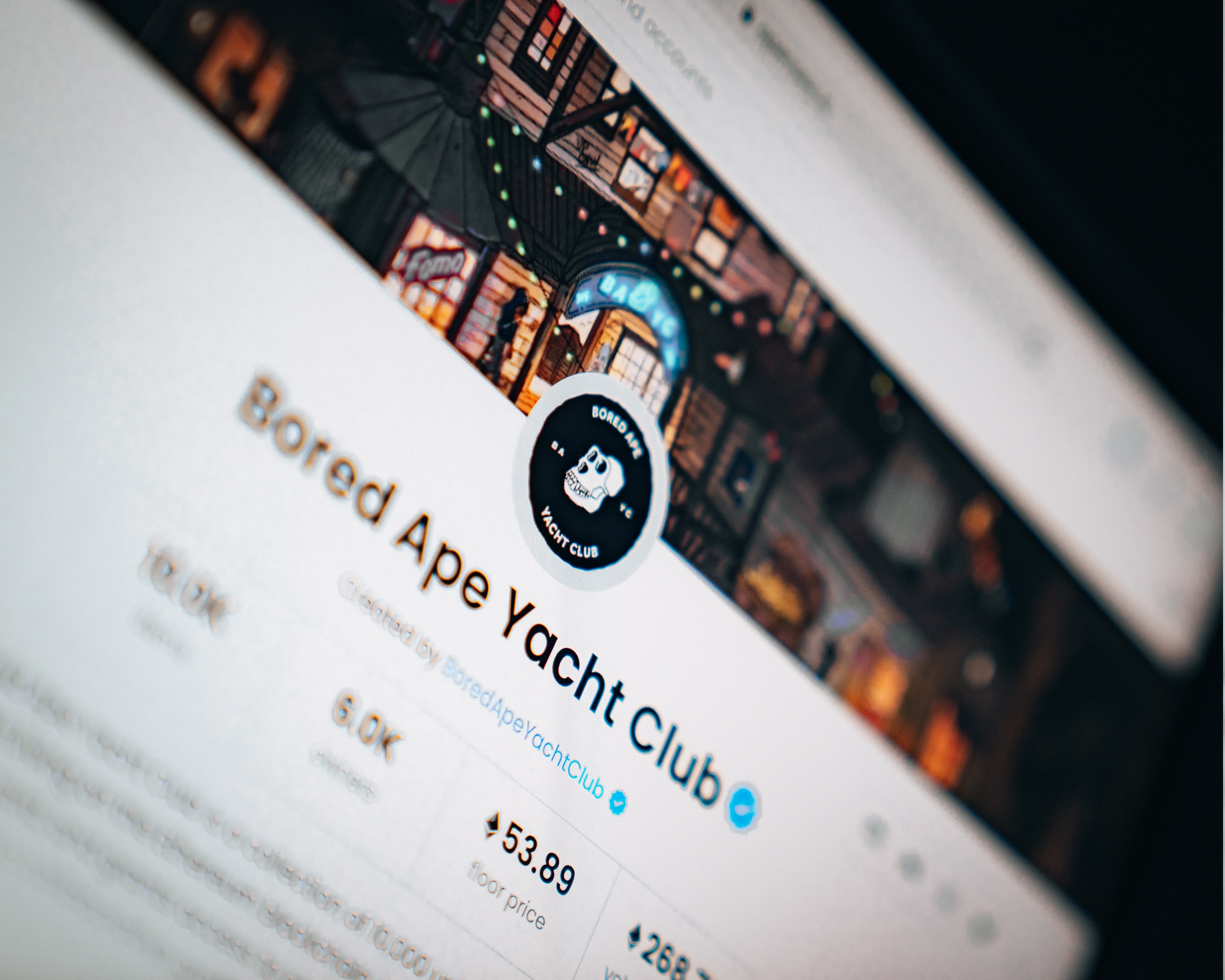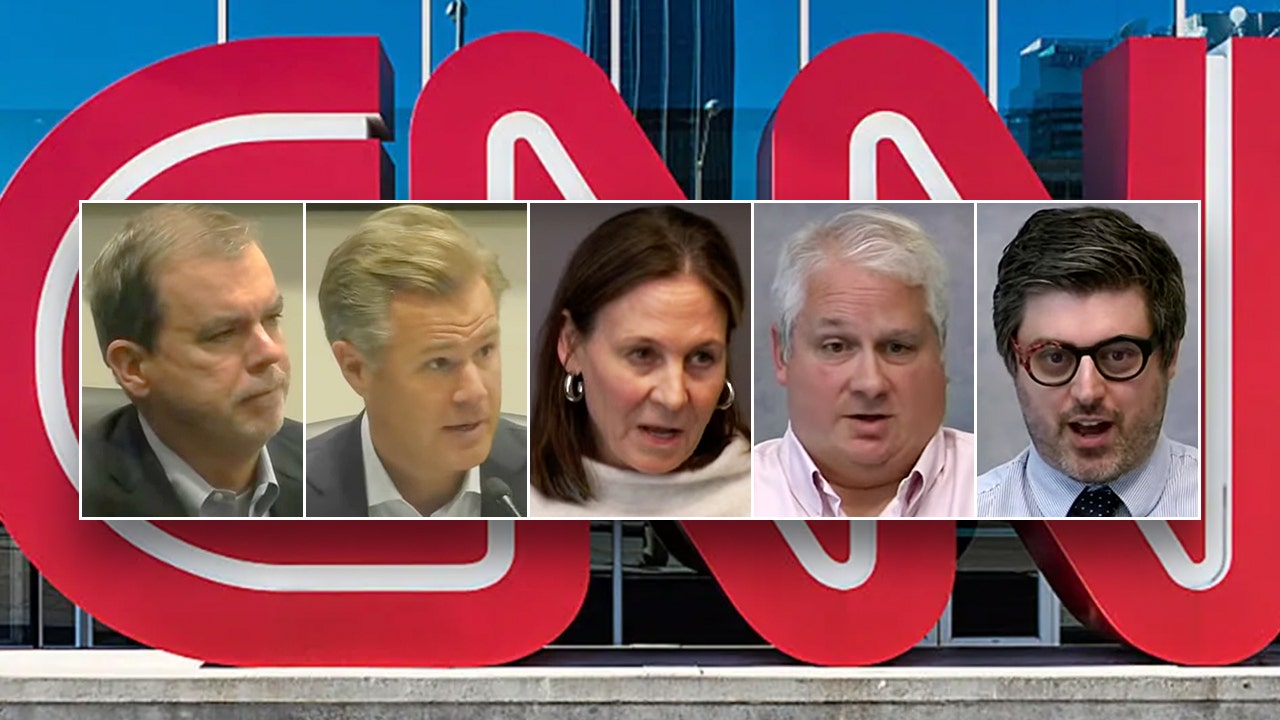NFTs, or non-fungible tokens, have been all the rage in the digital art community in recent months. In short, NFTs are blockchain-backed certificates of ownership for digital objects, such as videos and images. Just like with a physical painting or sculpture, an NFT represents that you own a unique piece of content (and it’s yours to keep forever), even though that content is purely digital. And just like with physical artworks at auction houses like Christie’s and Sotheby’s, some NFTs can sell for staggering amounts of money—like this “anime girl” GIF that sold for over $500k. So how can you jump on this emerging trend? First things first: here’s what you need to know about NFTs before you buy one:
NFTs are blockchain-backed certificates of ownership for digital objects, such as art or video clips.
NFTs are blockchain-backed certificates of ownership for digital objects, such as art or video clips. They’re a novel way to own a piece of digital culture — one that you can use to show off on social media, trade with your friends and admirers, and even sell back to the artist if you want.
NFTs aren’t limited to digital art, either. They could be used for many other purposes: for example, you could use them as tickets for an event like Burning Man or as vouchers for a trip around the world (you’d just have to make sure everyone has an Ethereum wallet).
You can buy and sell NFTs with real-world money, but they only exist online.
NFTs are digital tokens that exist only online.
You can buy them with real-world money on exchanges, dapps, and decentralized exchanges.
You can also sell them for cash or other cryptocurrencies.
NFTs are part of the greater cryptocurrency ecosystem, and they’re traded on decentralized ledgers called blockchains.
NFTs are part of the larger cryptocurrency ecosystem. They’re traded on decentralized ledgers called blockchains. The Ethereum blockchain is the most popular network for NFTs, but it’s slow, expensive, and congested.
The following sections explain how NFTs work in more detail and introduce you to some of the key players in this space.
The most popular network for NFTs is currently Ethereum, which is the same network used by popular cryptocurrencies like Ether (ETH) and USD Coin (USDC).
If you’re looking to buy non-fungible tokens (NFTs), your first step is to determine which network you’d like to use. The most popular network for NFTs is currently Ethereum, which is the same network used by popular cryptocurrencies like Ether (ETH) and USD Coin (USDC).
Ethereum’s blockchain is also used for more general purposes—for example, it can be used to create smart contracts or host initial coin offerings (ICOs).
If you want your NFTs on a different network than Ethereum’s blockchain, then chances are good that someone else has already built a tokenization platform with that functionality.
However, the Ethereum network has become increasingly congested in recent months, causing transaction fees to increase dramatically.
However, the Ethereum network has become increasingly congested in recent months, causing transaction fees to increase dramatically. Transaction fees are a way to pay the network for processing transactions—they’re paid in ETH, so you’ll need some ETH in your wallet before you can make an NFT purchase. You may be wondering how much these transaction costs are going to run up on your bill. Unfortunately for us all, there’s no easy answer; transaction fees are calculated by the network and vary based on things like gas price (a measure of how much “fuel” is required for a given transaction), gas used per byte of data sent across the blockchain (the more bytes you send at once means more gas consumption), and total demand on nodes at any given time—if everyone tries to use their Ethereum address right now instead of later when there’s less congestion on Ethereum itself then that means higher load times which leads back around again…
Alternative networks like Polygon and Solana offer lower fees and faster transaction processing times than Ethereum.
Ethereum is the most popular network for NFTs, but it’s not the only option. In fact, Polygon and Solana offer benefits that Ethereum doesn’t: low fees, fast transaction times, and higher scalability.
Polygon is a network for hosting new applications and games that are built on decentralized architecture. It uses its own native token (PLG) as a payment method for all transactions within the platform. Polygon also has a built-in governance system that allows users to vote on whether or not they want to include new features into the ecosystem or change existing ones; this means that users have more control over how their experience of using Polygon evolves over time.
Solana offers similar benefits to those found in Ethereum; however, it can process transactions more quickly than other blockchains because it supports an algorithm called “Proof of History” rather than Proof of Work (PoW). PoW consumes large amounts of electricity and takes longer than PoH because every transaction needs to be verified by several computers simultaneously before being added as part of an ever-growing blockchain record; this makes scaling up networks like Bitcoin difficult because there would need to be more hardware available when demand increases significantly over time – leading us back into familiar territory where no one knows what they’re doing yet again!
NFTs are a novel way to own a piece of digital culture; here’s how you can get started with them.
NFTs are a novel way to own a piece of digital culture; here’s how you can get started with them.
NFTs are blockchain-backed certificates of ownership for digital objects, such as art or video clips. For example, you might purchase a virtual cat from CryptoKitty and then sell it to someone else later on. These tokens represent ownership of whatever they refer to — in this case, the cat — and can be traded on marketplaces like OpenSea or Rarebits for other NFTs or cryptocurrencies like ether (ETH).
1. Create a Web3 Wallet
Also Read: Best Cryptocurrency Wallets 2022
To get started, you’ll need an Ethereum-compatible crypto wallet, in other words, a web3 wallet, and fund it with enough ETH. You can use a crypto wallet to purchase, sell, store, and swap crypto assets.
- OpenSea works with all significant Ethereum web3 wallets. You can see which crypto wallets you can use on OpenSea here
. However, Metamask is the most popular one, that’s why we’ll use it in our instructions. - To download Metamask, visit metamask.io/download
and choose your browser. Chrome, Firefox, Edge, and Brave are supported. Mobile extensions for iOS and Android are also available. - After choosing the extension, click on “Get Started.”
- Click on “Create Wallet.”
- You’ll be prompted with a screen that shows a new seed phrase for your wallet. This seed phrase is a long string of words that Metamask automatically creates. You will require it in the future to recover your wallet. If you lose it, nobody can help you get your funds back. That’s why you should save it in a secure place.
- Next, create your password. This password will be the only thing you’ll require to log into your wallet in the future, provided that you connect from the same device. If you need to use your wallet on another device in the future, you’ll have to use the seed phrase we mentioned above. It’s worth emphasizing that you should never lose your seed phrase.
- After this step, you’ll be prompted to confirm your seed phrase by choosing the words that appear on the screen in the same order as they appear in your seed phrase.
- Your MetaMask download will be completed, and the MetaMask icon will be shown in the top right corner of your browser window.
2. Connect your MetaMask wallet to OpenSea
Once your wallet is up and running, head over to OpenSea.io
.
- Click on the wallet icon in the upper right corner and choose MetaMask. You’ll be requested to sign for approval to connect your wallet to OpenSea.
- You can create a username, write a bio, and add your social channel links when your wallet is connected. But these steps aren’t required to buy NFTs. Connecting a wallet is enough for that.
3. Fund your Metamask wallet with Ethereum
To buy NFTs, you need Ethereum cryptocurrency. You can buy it on central exchanges like Binance
, Coinbase
, or Kraken
.
- Creating an account on these exchanges all work in similar ways. You need to undergo a verification process by providing an ID or Passport.
- Once you’ve been verified, you can buy Ethereum. Depending on the exchange you choose, different payment options are possible. Usually, you’re able to pay with a credit card for the first time. Some exchanges also work with bank transfers.
- After this step, you should transfer Ethereum from the exchange to your MetaMask wallet. Again, the process is similar in every exchange. You need to copy your MetaMask address for receiving currencies and paste it into the appropriate “send” field found in the cryptocurrency exchange for Ethereum withdrawals. This section is usually found on your exchange balance. Click on the withdrawal button and paste your MetaMask wallet address and confirm.
- Based on the cryptocurrency exchange you choose, there might be an additional security step like Two-Factor Authentication (2FA), in which case you need to enter a verification code during the above process.
- Ethereum transfers are usually fast. But depending on the busyness of the network, it may take up to an hour in rare cases.
Once your wallet is funded with enough ETH, you can search for an NFT to buy on OpenSea.
3. Search an NFT on OpenSea
There’re millions of NFTs on OpenSea. It’s a good idea to know about the platform’s searching and filtering options.
- The Explore lists all active NFT categories. You can choose one category to see all NFTs within that category in one place.
- Under the stats tab, you can see the highest demand collections in the last 24 hours, seven days, 30 days, or all time.
- To explore more filtering options, go to https://opensea.io/assets
. You’ll see the options listed on the left-hand side of the website.
You can view the results based on the status, price, blockchains, categories, and currencies you can use as payment methods.
4. Buy NFTs
Using search options allows you to find new NFTs based on various criteria. When you’ve found the NFT you want to buy, click on it to get to its own page.
- There are two purchasing choices on each NFT page: Buy Now and Make Offer. To acquire the NFT at the specified price, select “Buy Now” and follow the directions in your wallet. It’s worth noting that OpenSea charges a variety of fees. In effect, this implies you’ll always pay more than the NFT’s retail price.
- You can try to purchase NFTs at a lower price than the current set price by making offers. Select the “Make an Offer” option. You’ll be asked to choose the currency you’d want to pay in. WETH, USDC, and DAI are the only three methods for making offers. You’ll have to pay a one-time gas fee if you haven’t made any purchases with these currencies in your wallet before.
- Some owners choose to sell their NFTs through timed auctions, especially if there is a great demand for them. As a buyer, you’ll need WETH to create your bid by clicking the Place Bid button, precisely like you would for fixed-price NFTs.
- Confirm the transaction on your Metamask wallet as the last step. It’s worth noting that you’ll have to pay a gas fee which can sometimes be more expensive than the NFT itself. Wait during less busy hours as a solution.
There are more NFT marketplaces:
- Foundation
- Rarible
- SuperRare
- Magic Eden
- Binance NFT
- Coinbase NFT
Conclusion
While NFTs are a fun and novel way for artists to sell their work and for collectors to own pieces of digital culture, the trend is still in its early days. As such, it’s important to understand how they work before purchasing them—especially since you may have to pay a hefty transaction fee depending on which network you use. Still, if you’re interested in getting involved with NFTs, we hope that this article has been helpful. Happy hunting!




















Discussion about this post